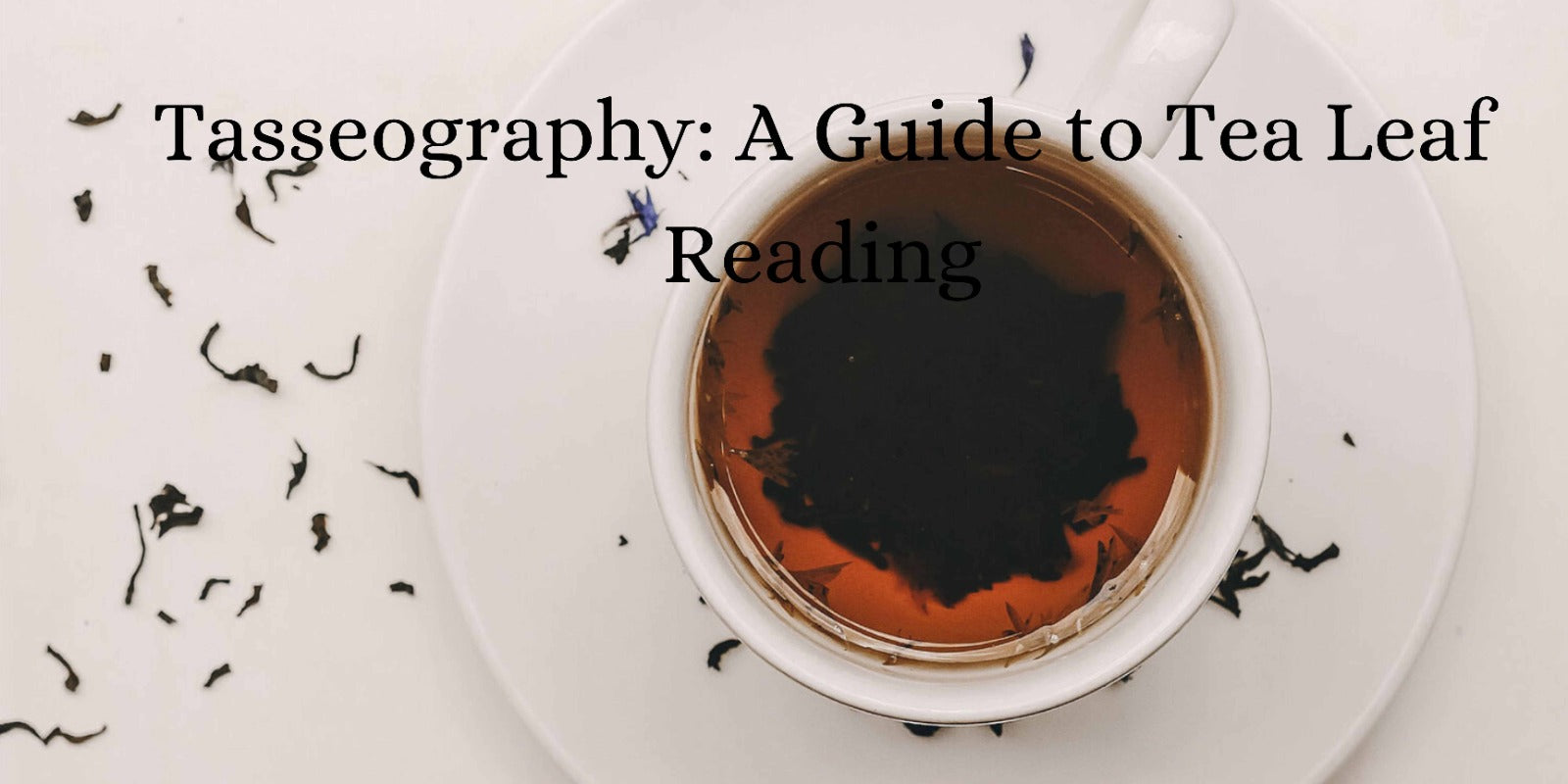For tea enthusiasts and professionals alike, tea cupping is an essential practice that allows for the careful evaluation and appreciation of tea. But what exactly is tea cupping, and why is it so important in the world of tea? Let's dive into this fascinating process and explore its significance.
What is Tea Cupping?
Tea cupping is a systematic process for determining a tea's quality, flavor profile, and overall attributes. Similar to wine, tea is assessed through a methodical examination of its appearance, aroma, and taste. This process is crucial for tea buyers, blenders, and quality control experts in the tea industry, but it's also a valuable skill for any serious tea lover.
The Origins of Tea Cupping
The practice of tea cupping originated in China, the birthplace of tea cultivation. As tea trade expanded globally, the need for a standardized evaluation method grew. In the 19th century, as the British tea trade flourished, more formal cupping procedures were developed to ensure consistency in quality assessment across different tea-producing regions.
The Tea Cupping Process
Tea cupping follows a specific set of steps designed to reveal the true nature of the tea being evaluated. Here's a breakdown of the typical cupping process:
-
Examining the Dry Leaves: The first step involves visually inspecting the dry tea leaves. Tasters look at the color, size, shape, and overall appearance of the leaves.The color, size, shape, and general appearance of the tea leaves are closely scrutinized by tea tasters. This can provide initial clues about the tea's quality and processing methods.
-
Smelling the Dry Leaves: Next, the dry leaves are smelled to assess their aroma. This step can reveal a lot about the tea's character and potential flavor profile.
-
Steeping the Tea: A precise amount of tea (typically around 2-3 grams) is placed in a special cupping set or small cup. The leaves are then infused with hot water. The water temperature and steeping time vary depending on the type of tea being evaluated.
-
Evaluating the Wet Leaves: Once the tea has steeped, the wet leaves are examined. Their color, unfurled appearance, and aroma can provide further insights into the tea's quality and processing.
-
Assessing the Liquor: The brewed tea, known as the liquor, is then evaluated for its color, clarity, and aroma.
-
Tasting the Tea: Finally, the tea is tasted. Professional tasters use a special slurping technique that aerates the tea and spreads it across the palate. This allows them to fully experience the tea's flavor profile, body, and aftertaste.
Throughout this process, tasters take notes on various aspects of the tea, including its appearance, aroma, flavor, and overall quality. These notes are often used to create detailed descriptions of the tea and to assign grades or scores.
Why is Tea Cupping Important?
Several key functions within the tea industry are served by tea cupping:
-
Quality Control: Cupping allows tea producers and buyers to maintain consistent quality standards. It helps identify any issues in processing or storage that might affect the tea's flavor or aroma.
-
Blending: For tea blenders, cupping is essential in creating consistent blends. It allows them to understand how different teas will interact and complement each other.
-
Pricing: The quality assessment from cupping often plays a significant role in determining a tea's market value.
-
Education: For tea enthusiasts and professionals alike, cupping is an invaluable learning tool. It helps develop a deeper understanding and appreciation of different tea varieties and their unique characteristics.
-
Sensory Development: Regular practice of tea cupping can help refine one's palate and improve the ability to discern subtle flavors and aromas in tea.
Tea Cupping for Enthusiasts
While professional tea cupping follows strict protocols, tea enthusiasts can adopt a simplified version of this practice to enhance their tea-drinking experience. Here are some tips for home tea cupping:
- Use consistent amounts of tea and water for each tasting.
- Carefully consider water temperature and brewing time for desired results.
- Record the tea's look, smell, and taste.
- Try tasting multiple teas side by side for comparison.
- Practice regularly to develop your palate.
Conclusion
Tea cupping is more than just a professional practice – it's an art form that allows us to fully appreciate the complexity and nuance of tea. Whether you're a tea industry professional or simply a passionate tea drinker, understanding and practicing tea cupping can deepen your appreciation for this ancient beverage.
By engaging all our senses in the evaluation process, tea cupping transforms the act of drinking tea into a rich, multisensory experience. It encourages us to slow down, pay attention, and truly savor each cup. In doing so, we not only gain a deeper understanding of the tea itself but also connect with the long and fascinating history of tea culture around the world.
So the next time you brew a cup of tea, why not try a little cupping? Your favorite cup of tea might hold unexpected taste sensations. Happy cupping!




